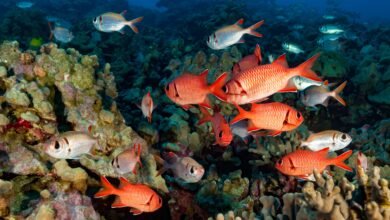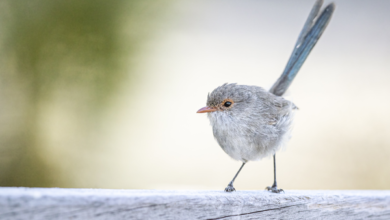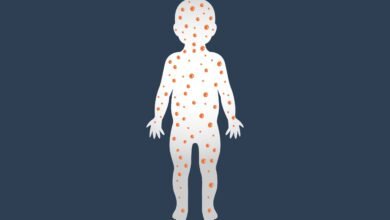SCIENCE
-

The Life and Gruesome Death of a Bog Man Revealed after 5,000 Years
Before he was bludgeoned to death and left in a Danish bog, an ancient individual now known as Vittrup Man…
Read More » -

Could Neanderthals Make Art? | Scientific American
For centuries, the “Unicorn Cave,” or “Einhornhöhle,” in central Germany has been famous for its many thousands of bones. In…
Read More » -

New Linguistics Technique Could Reveal Who Spoke the First Indo-European Languages
Almost half of all people in the world today speak an Indo-European language, one whose origins go back thousands of…
Read More » -

Hawaii’s Coral Ecosystems Are the Latest Reefs to Be Insured against Extreme Storms
CLIMATEWIRE | A niche financial tool is making it easier to repair critical ecosystems after natural disasters — and protect at-risk…
Read More » -

FDA Plan to Ban Hair Relaxer Chemical is Long Overdue, but Many Dangerous Ingredients Remain
In April, a dozen years after a federal agency classified formaldehyde a human carcinogen, the Food and Drug Administration is…
Read More » -

Why Do Birds Have Such Skinny Legs?
February 10, 2024 4 min read The songbirds in your backyard hop around on such itty-bitty legs. Here’s why bird…
Read More » -

When Will We Finally Have Sex In Space?
Shawna Pandya: I think there must have been this rumor floating around NASA for the longest time that if they…
Read More » -

Why Does a Solar Eclipse Move West to East?
February 3, 2024 3 min read Here’s why the path of a solar eclipse travels in the opposite direction of…
Read More » -

An Alarming Rise in Measles Cases Is Being Driven By Low Vaccination Rates
UK health services are battling an outbreak of measles — causing alarm in a nation that had eliminated the disease in 2017.…
Read More » -

New IVF Test Could Increase Chances of Pregnancy Success
Tanya Lewis: Hi, this is Your Health, Quickly, a Scientific American podcast series! Josh Fischman: We bring you the latest…
Read More »
